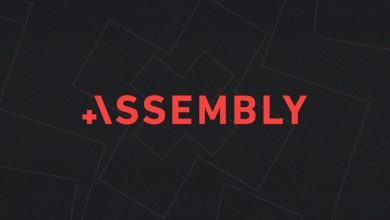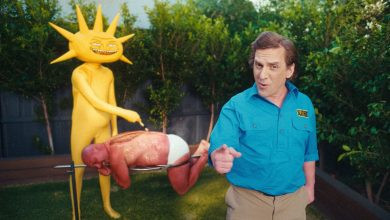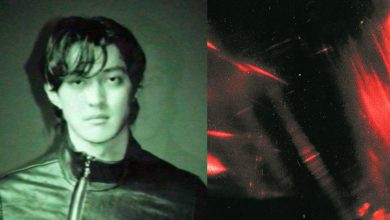There must be something about VW that inspires poetry. “Night Drive”, the ad for VW Golf, calls on sublime soundtrack: lulling tinkling behind the masterful reading of “Under Milk Wood”. Written by Welsh poet Dylan Thomas, read by no other than the late Sir Richard Burton in 1954, another Welsh.
“Night Drive” reportedly inspired the carmakers to initiate night-time test drive program.
Copy: from "First Voice, Under Milk Wood"
And all the people of the lulled and dumbfound town are sleeping now.
Hush, the babies are sleeping, the farmers, the fishers, the tradesmen and pensioners, cobbler, schoolteacher, postman and publican, the undertaker and the fancy woman, drunkard, dressmaker, preacher, policeman, the webfoot cocklewomen and the tidy wives. Young girls lie bedded soft or glide in their dreams, with rings and trousseaux, bridesmaided by glow-worms down the aisles of the organ-playing wood.
You can hear the dew falling, and the hushed town breathing.
Only your eyes are unclosed to see the black and folded town fast, and slow, asleep.
Credits:
Title: NIGHT DRIVE 

Advertiser: VOLKSWAGEN

Product/Service: VW GOLF 

Advertising Agency: DDB LONDON

Country: UNITED KINGDOM 

Advertising Agency: DDB LONDON 

Country: UNITED KINGDOM 

Executive Creative Director: Jeremy Craigen 

Creative Director: Jeremy Craigen 

Copywriter: Sam Oliver 

Art Director: Shishir Patel 

Agency Producer: Lucinda Ker 

A decade ago, the auto company released its TV commercial "Milky Way" for VW Cabriolet/Cabrio which featured English artist Nick Drake’s “Pink Moon”. Of the same dreamy quality, the ad resulted in a resurgent interest of the late singer’s music. Drake died in 1974.
adobo magazine. The Word on Advertising.







